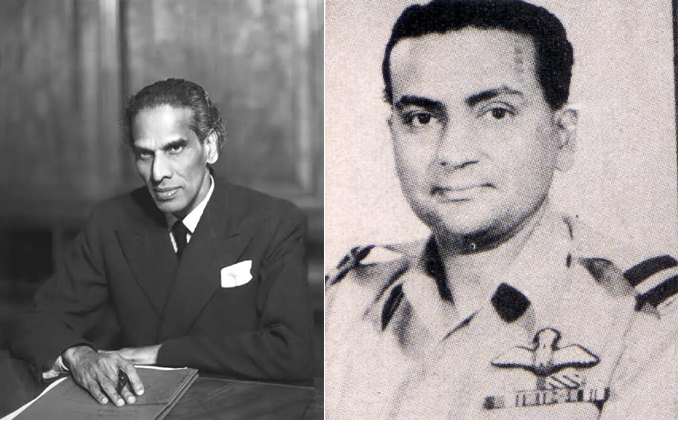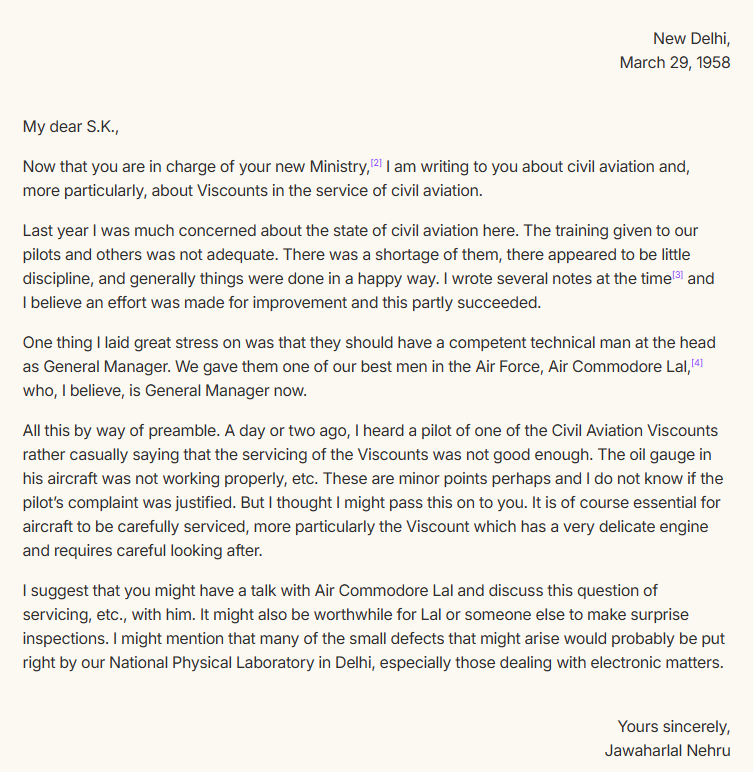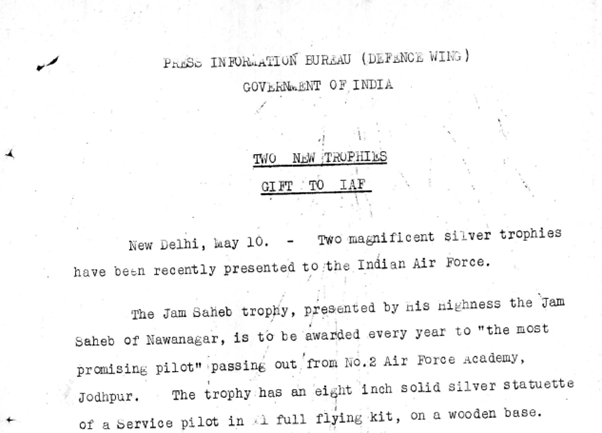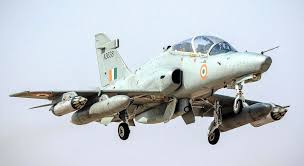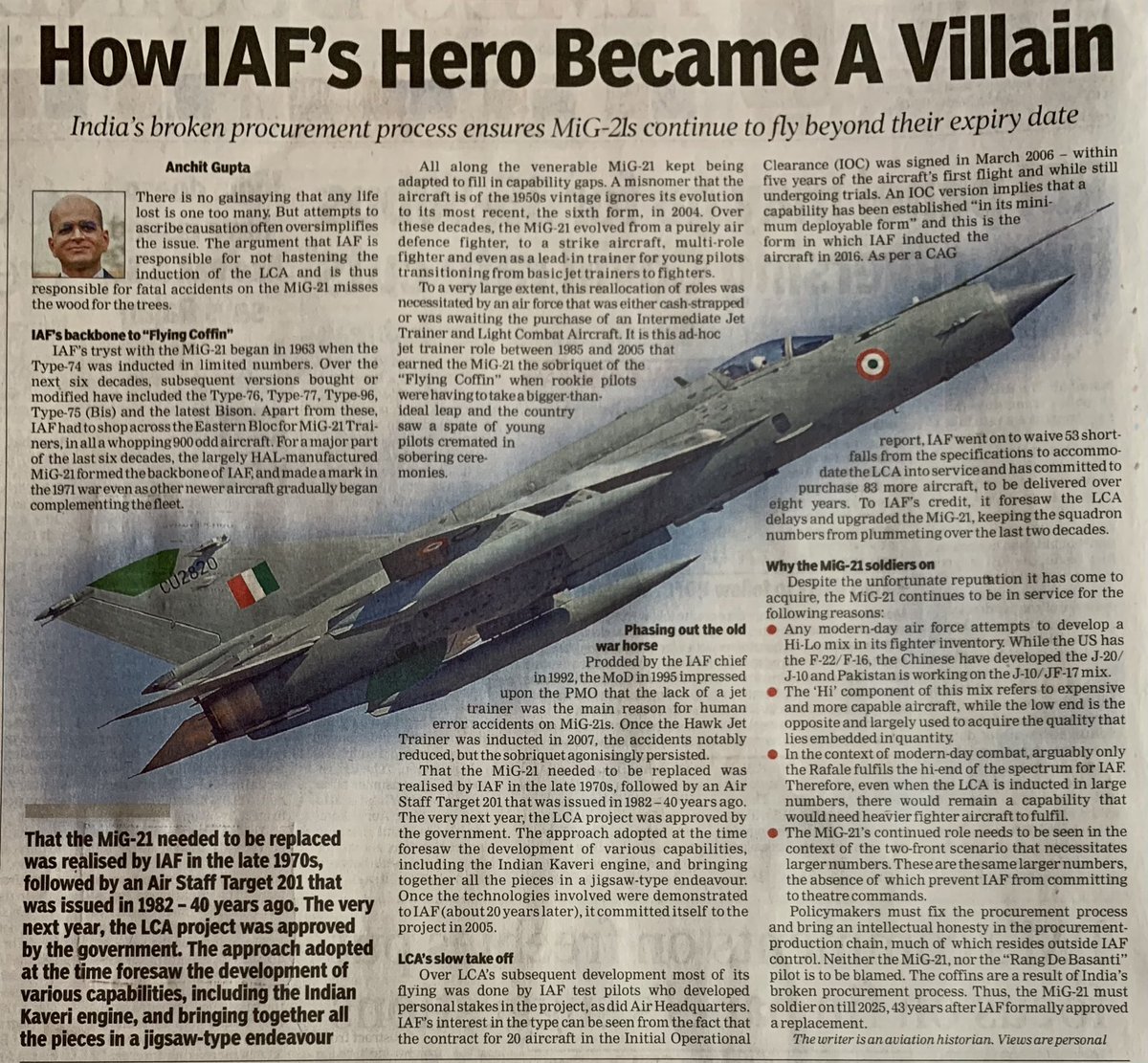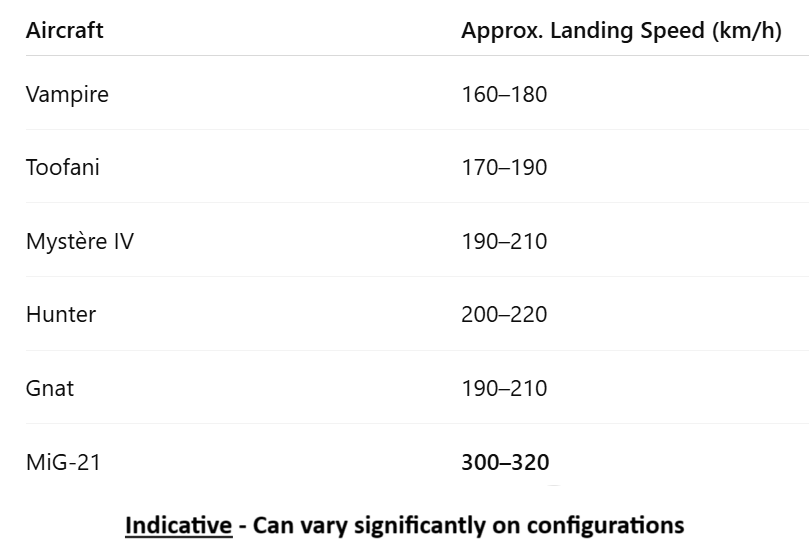WALTON, LAHORE – The tale of the long-lost school that nurtured each of the 556 pilots and observers that were commissioned in the IAF between 1940-43, an unfortunate connection to Wg Cdr Jumbo Majumdar, DFC & Bar, and a British Scouts leader Hogg. #IAFHistory (1/12) 

A landing strip at Walton was created in 1918 and named Northern India Flying Club in 1920. In 1933, the creator of Walton Railway Training School, Sir Colonel Cusack Walton was asked to head the flying club and by 1935, this flying strip was given the name ‘Walton Airfield(2/12) 

When the IAF expanded in 1939 through the introduction of the IAF Volunteer Reserve they set up "Initial Training School" at Walton. The IAFVR was comprised of officers who had undergone flying training at civil flying clubs and some were civil flying license holders. (3/12) 

Critical to ITS formation was Wg Cdr Hogg, OBE, who as the Chief Commissioner of Scouts had spent a lifetime of social service in the province and was keen to dovetail his lifework into the war effort. Together with British and Indian monetary support.. (4/12) 

Hogg was able to build a fine park with swimming pools, gym, and playing-grounds, at Walton. This video from 2:30 to 6:30 sums it all up. Sadly, on 20th June 1942, Wg Cdr Hogg was shot dead during a robbery attempt on the Kalka-Simla Railway. (5/12)
The ITS at Walton started the course with flying training on the Tigermoth. The first course to undergo training was 4 PC commencing 1st August 1940 till about 15th November 1940. The school was commanded by Sqn Ldr Hogg till June 1942 along with British Instructors. (6/12) 

By May 41, after the 7th Pilot course, the intake changed to cadets without flying experience. Therefore the role of ITS underwent a change from initial flying to offering service and ground training before these cadets moved along to other flying training establishments. (7/12) 

In Dec 1941, Sqn Ldr Jumbo
Mazumdar was flying through Lahore on his way to Burma, refueling at Walton, with the whole of the No. 1 Sqn. He decided to have a 9 aircraft formation low over Walton and enthralled the cadets. (8/12)
Mazumdar was flying through Lahore on his way to Burma, refueling at Walton, with the whole of the No. 1 Sqn. He decided to have a 9 aircraft formation low over Walton and enthralled the cadets. (8/12)
On 17 Feb 1945, Jumbo took part in a flying display at Walton in a Hurricane, the ac developed a snag and crashed, killing him. This epitaph appears on the headstone of his grave at Lahore - "Go, passers-by and do if you can as he did A Man's part In defence of liberty." (9/12)
After Hogg's death during a train robbery, the school was renamed Initial Training Centre (ITC), with a new CO - Wg Cdr Norman Arthur Napier (NAN) Bray, who had been the first CO of No 3 Sqn, IAF. Soon the ITC moved to the Parsee Orphanage at Poona and was renamed ITW. (10/12) 



In July 46, they found a new home for ITW - Coimbatore where it has remained, though now called AFAC. In July 1949, the last of the Pilot Courses completed its training at ITW It was thus the unbroken sequence of having the initial training for pilots at ITW ended. (11/12)
In a recently published article in The Dawn, it seems Walton may not last longer - dawn.com/news/1623976 (12/12) 

@ShivAroor @manaman_chhina @MontyPanging @KesariDhwaj @elmihiro @leftofthepincer @IndiaHistorypic @odysseuslahori @Saifi08107628 @VishnuNDTV @insan_honey @MandeepBajwa @manupubby @bsdhanoa @rwac48 @AnumaVidisha
• • •
Missing some Tweet in this thread? You can try to
force a refresh


